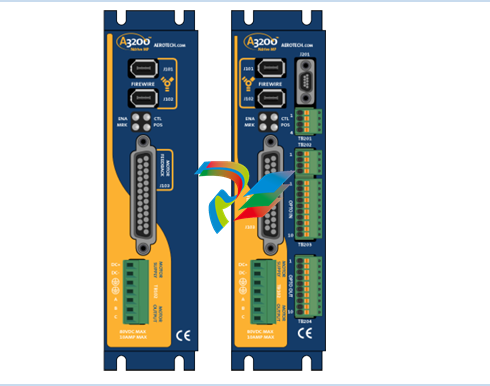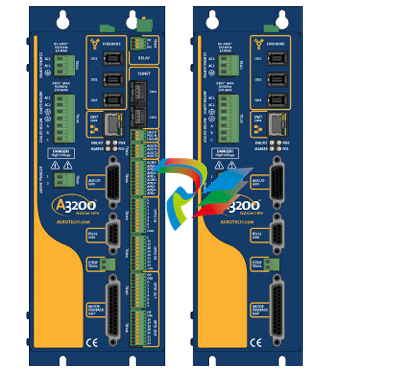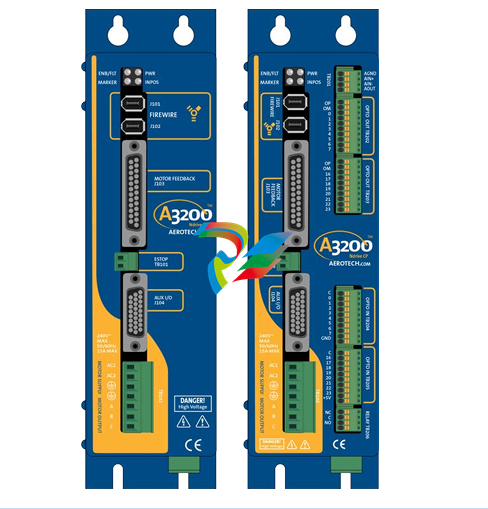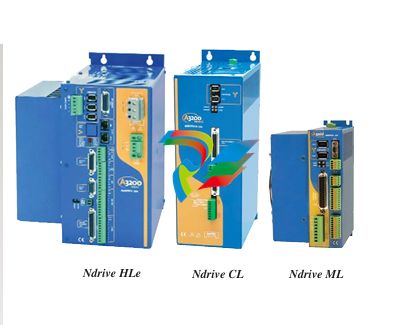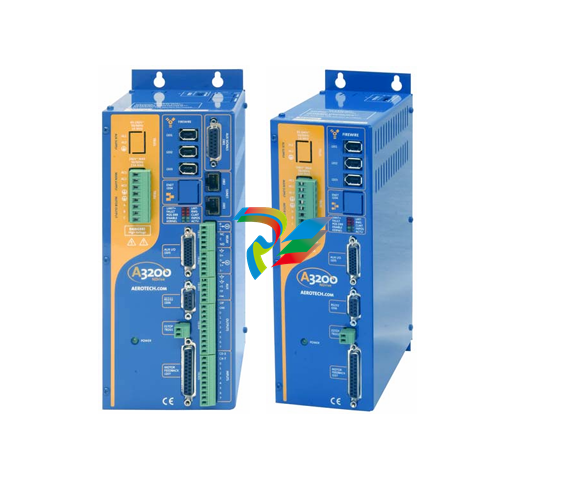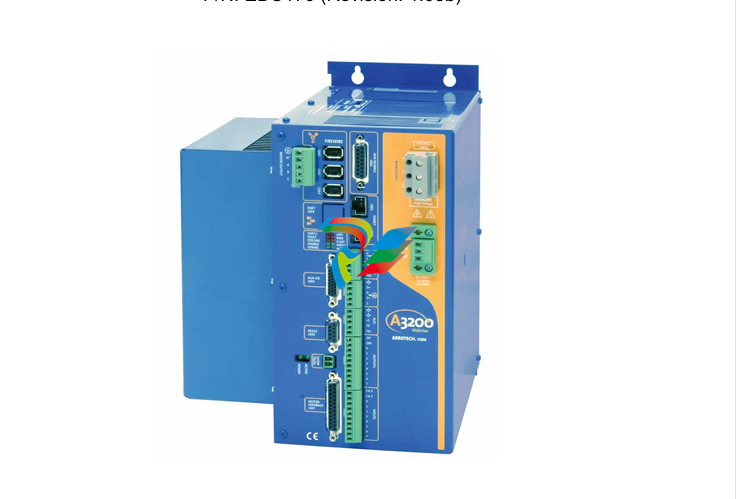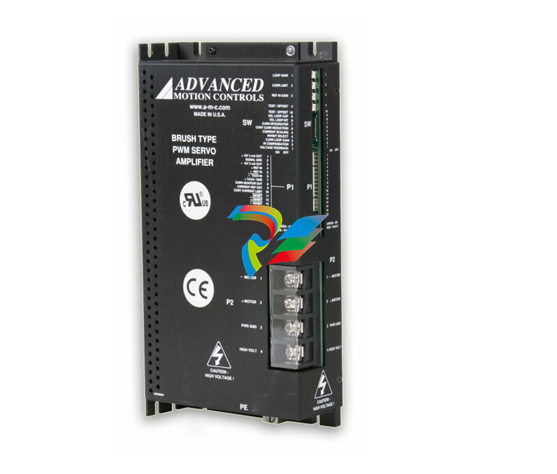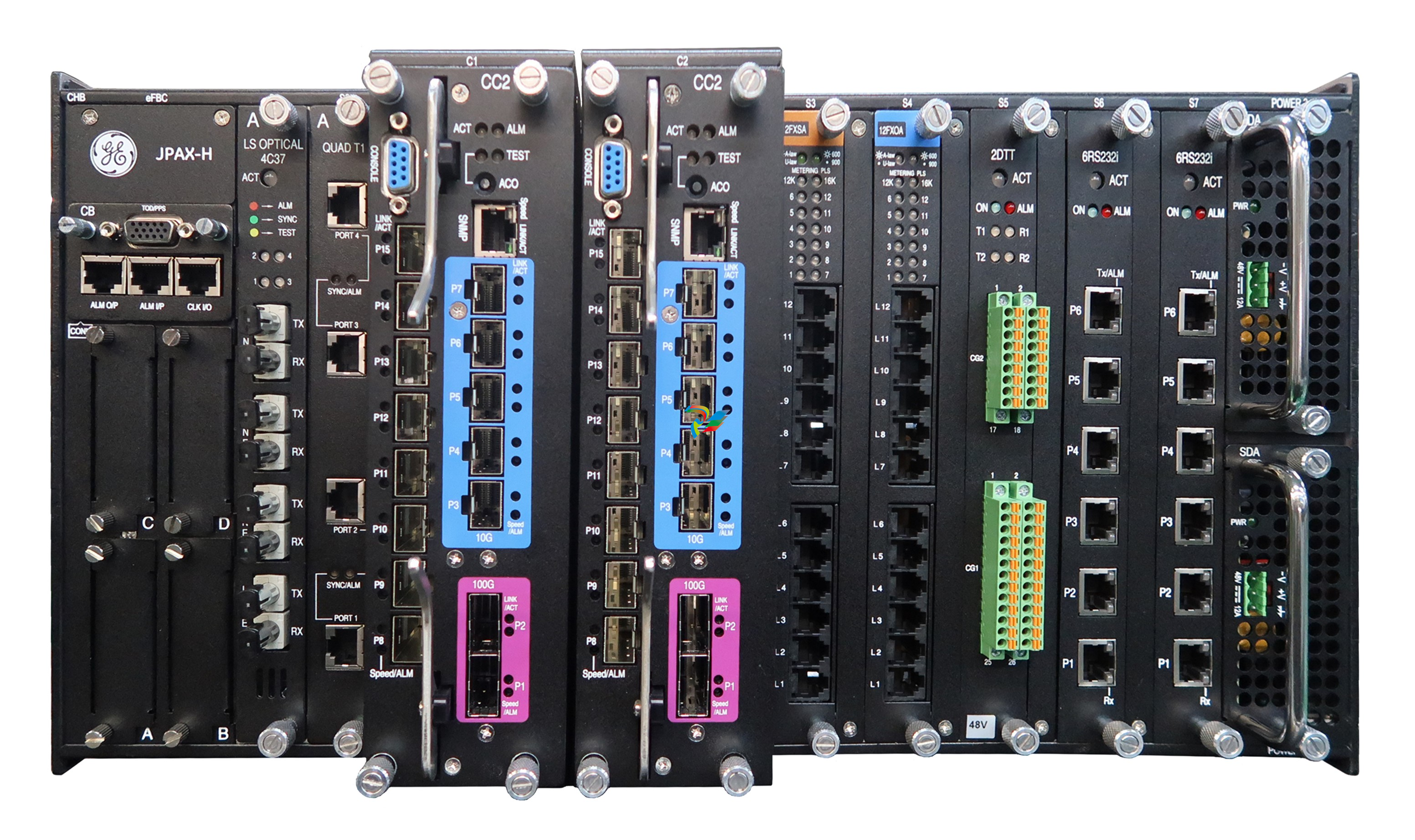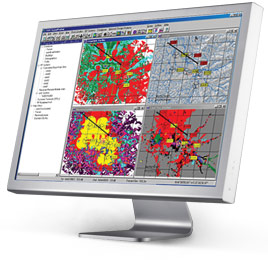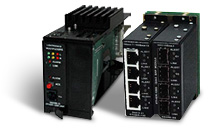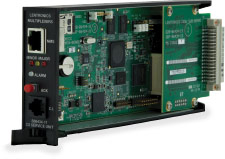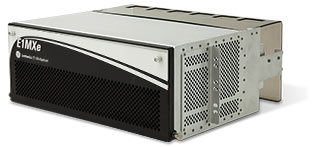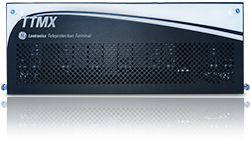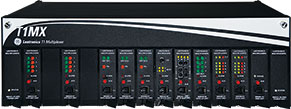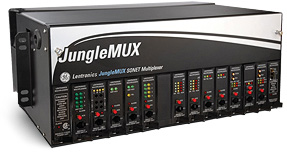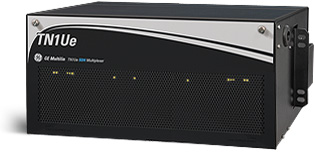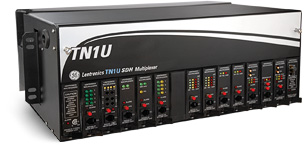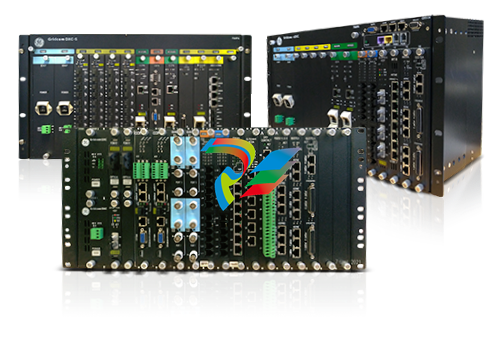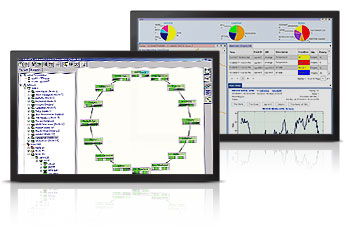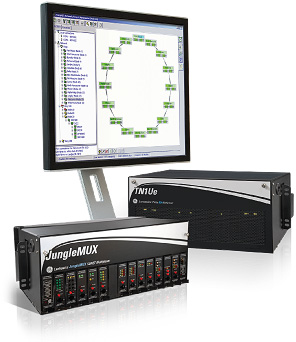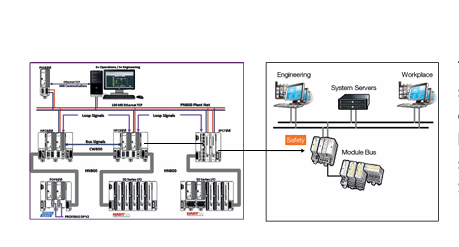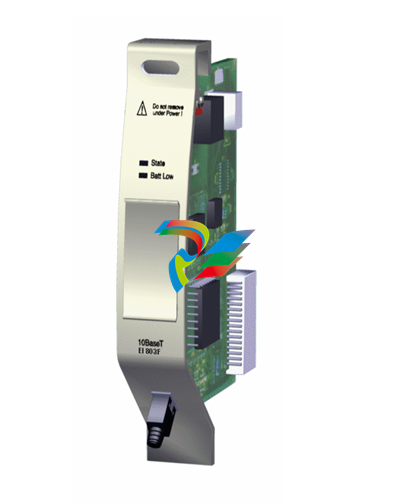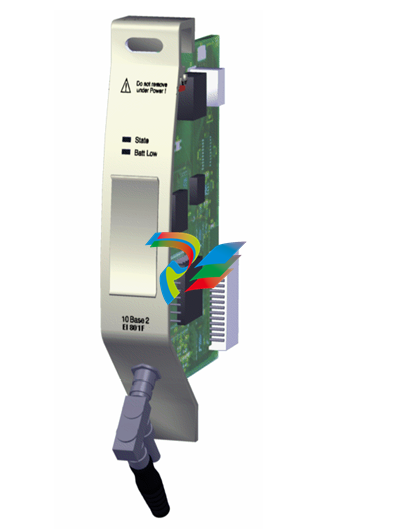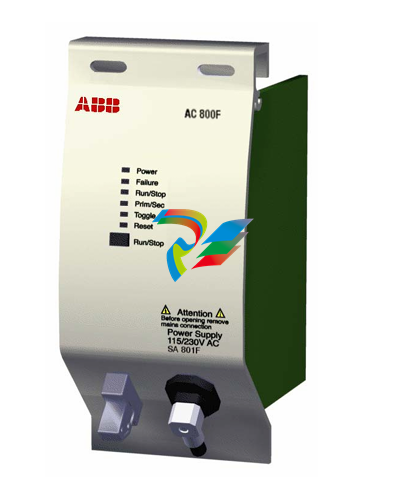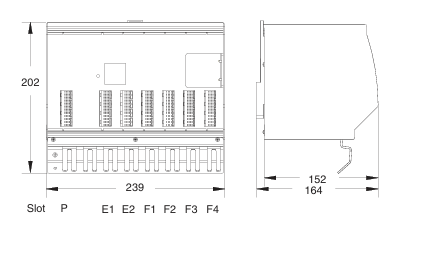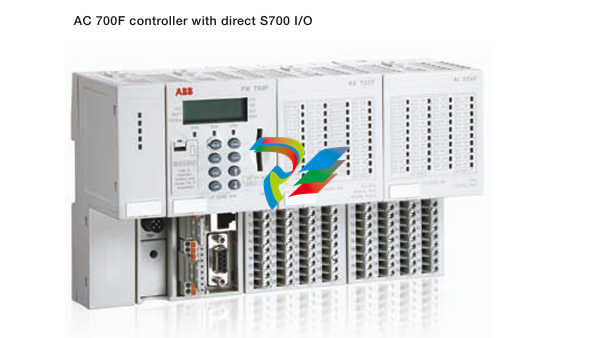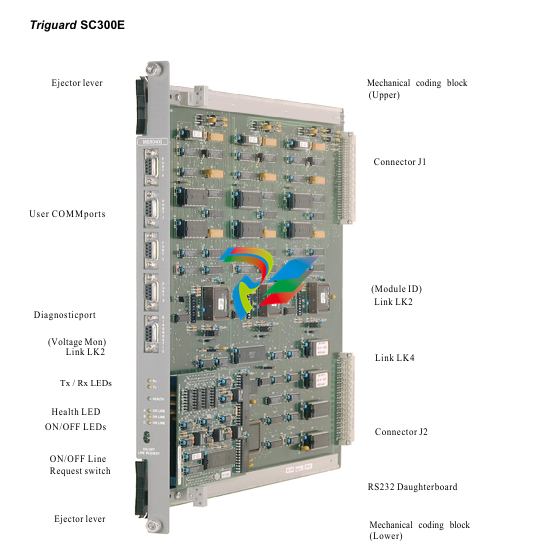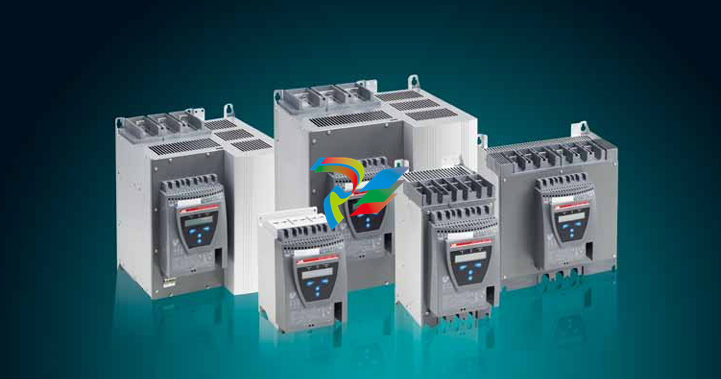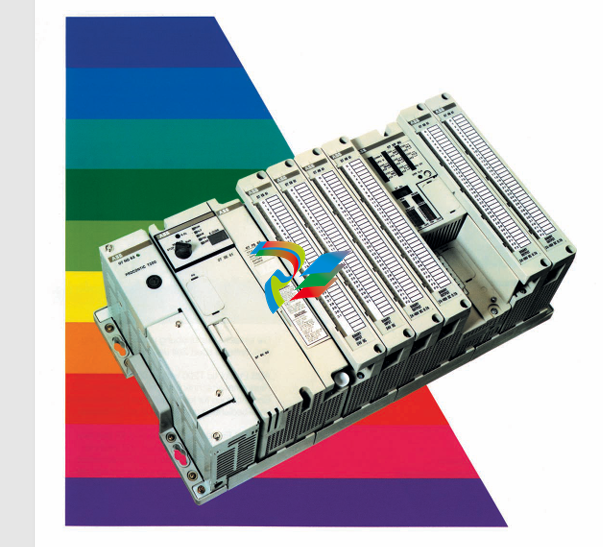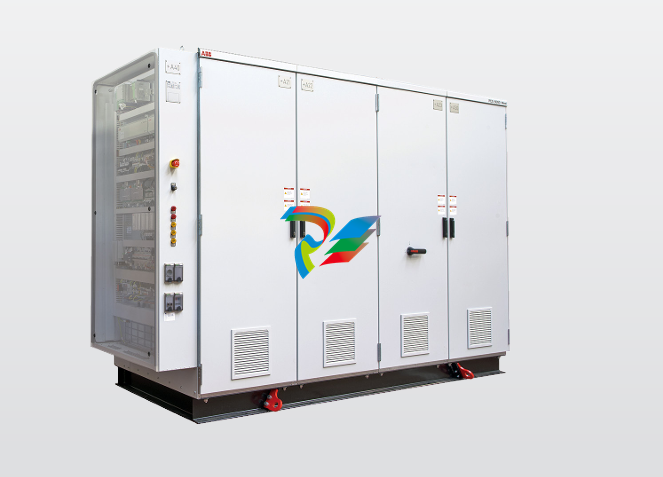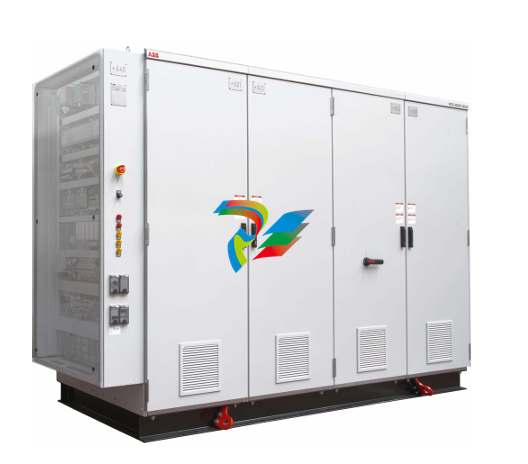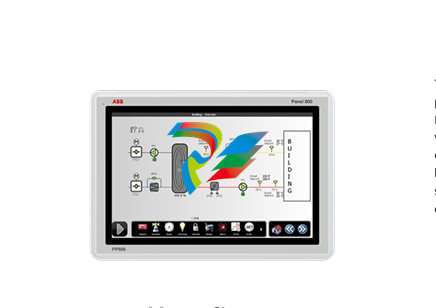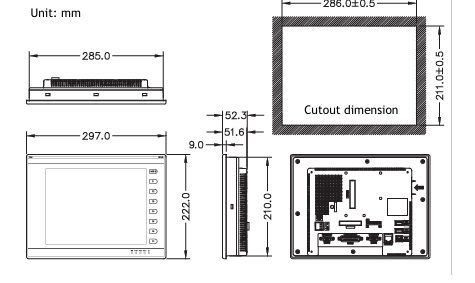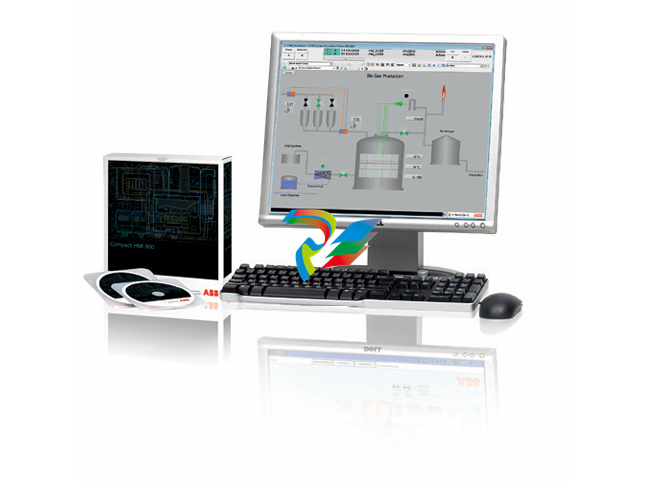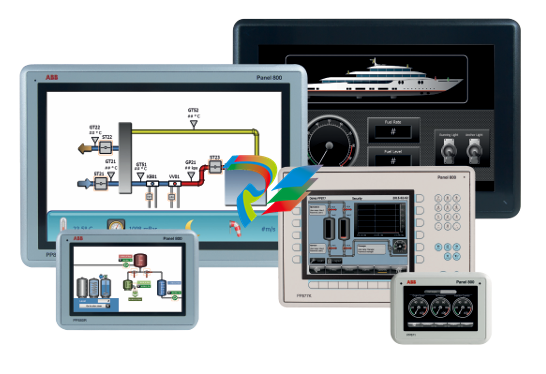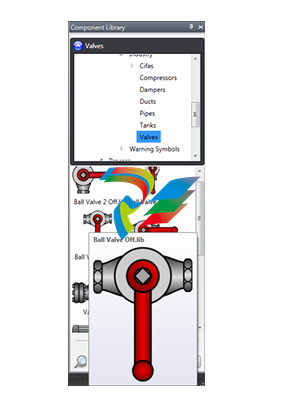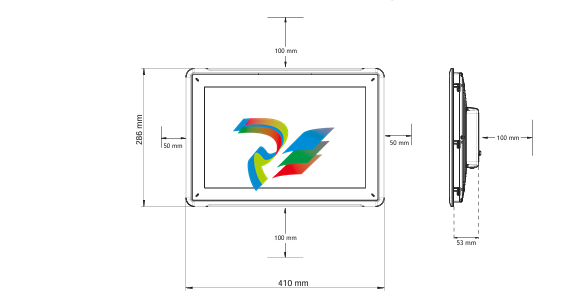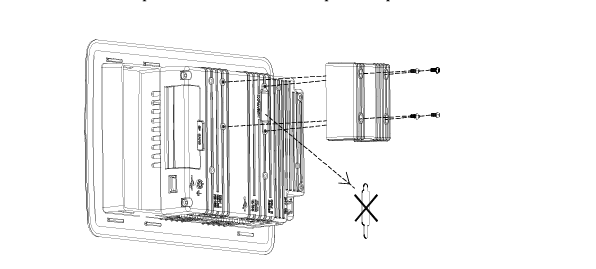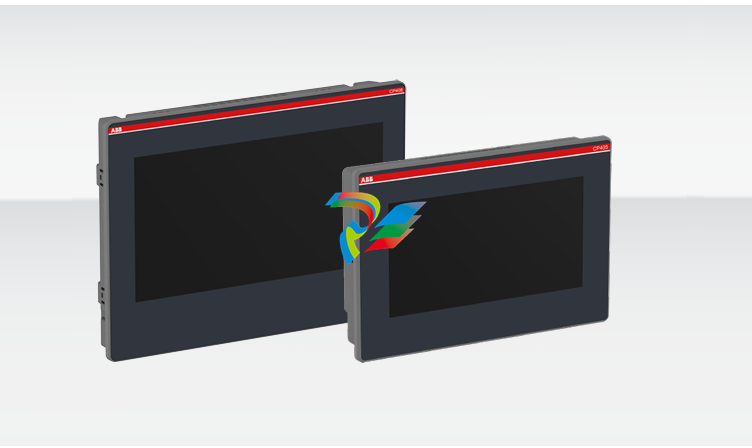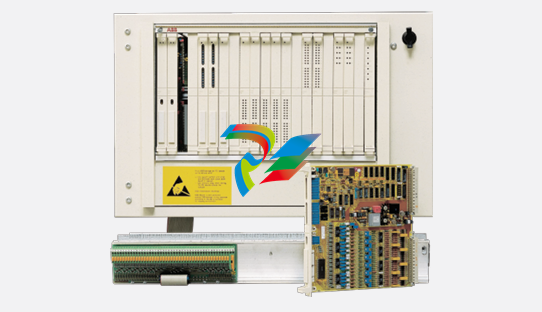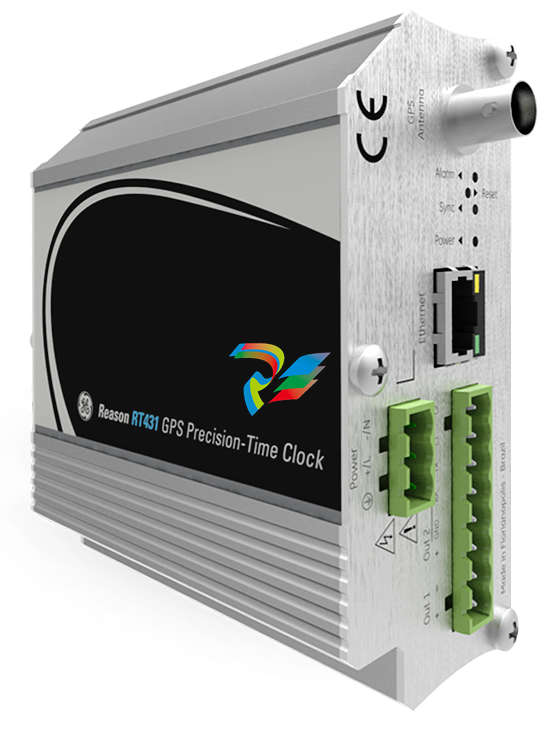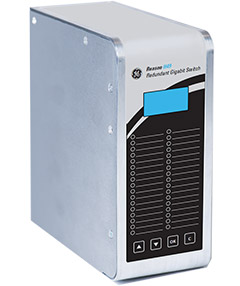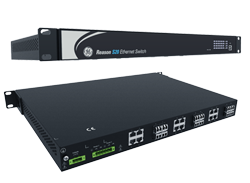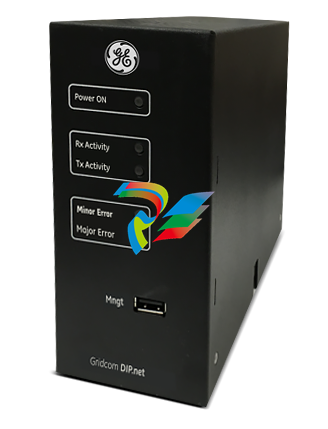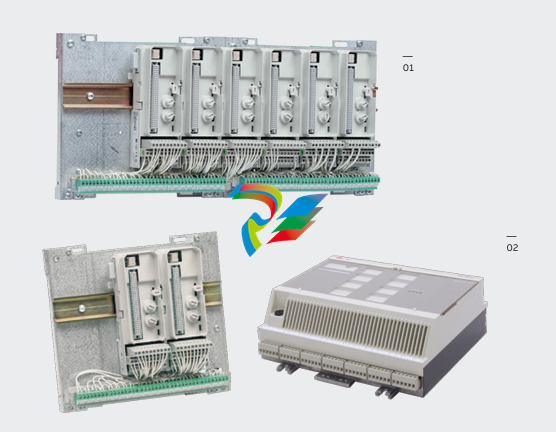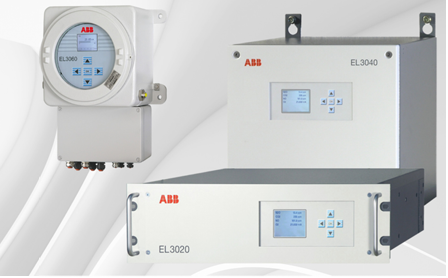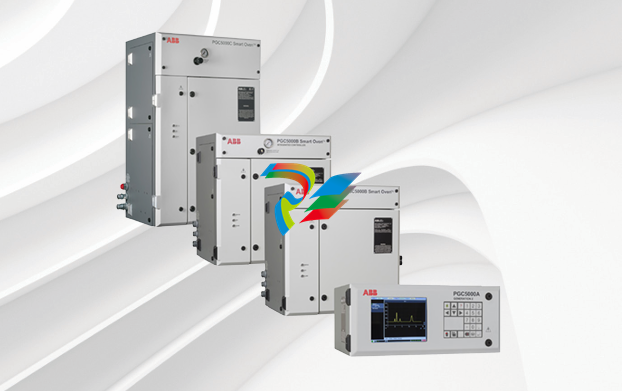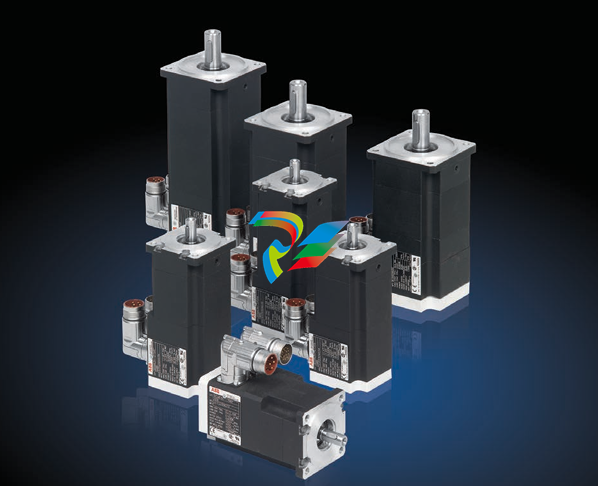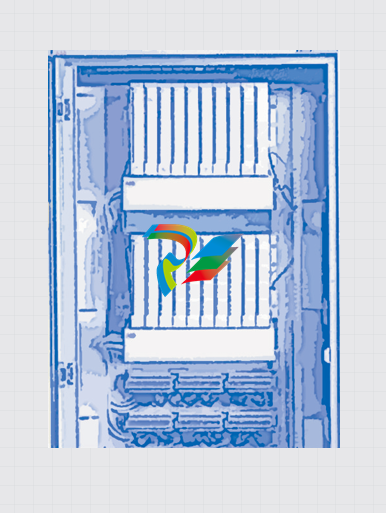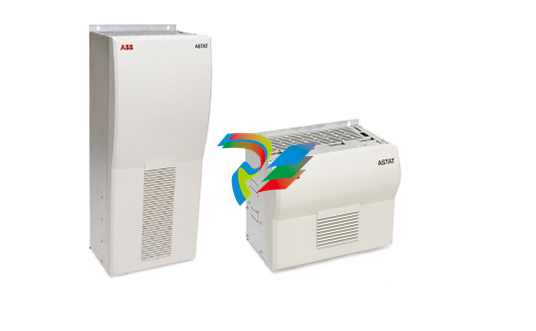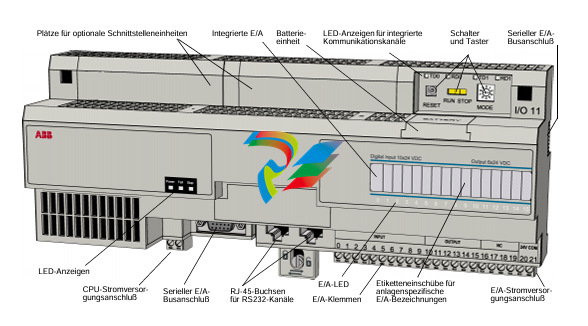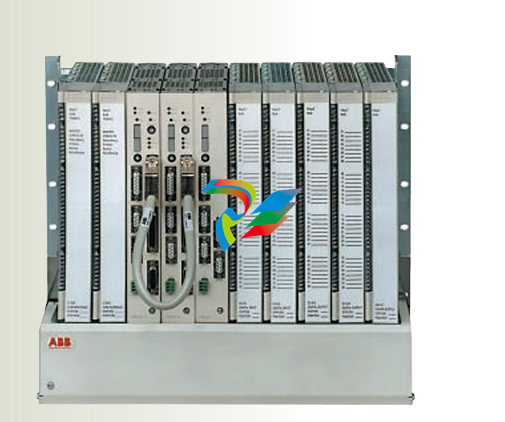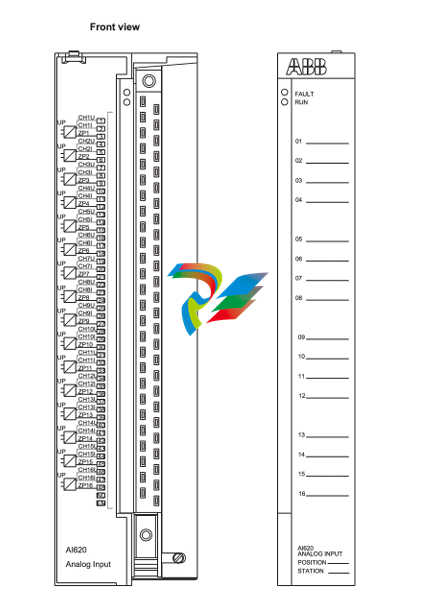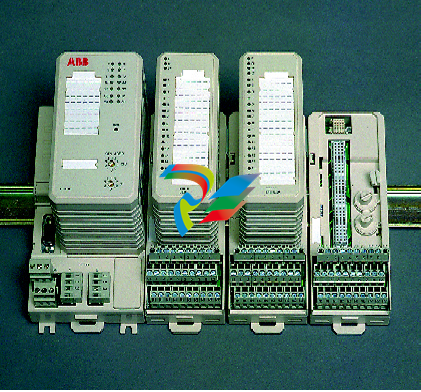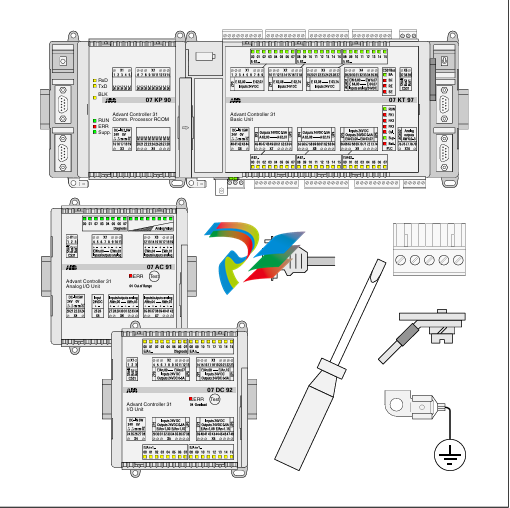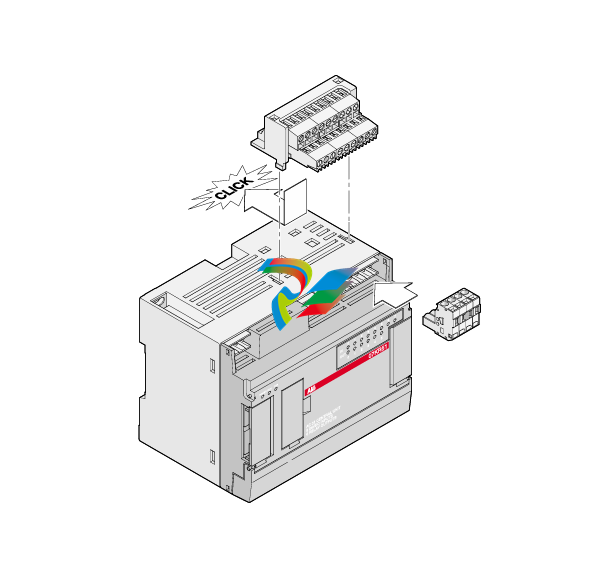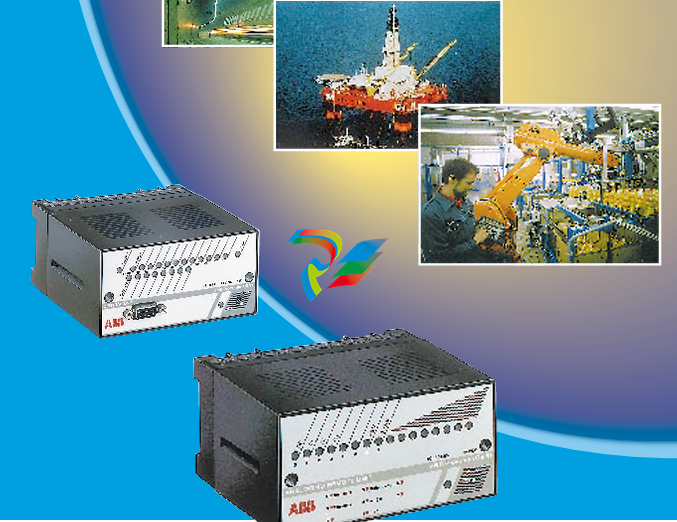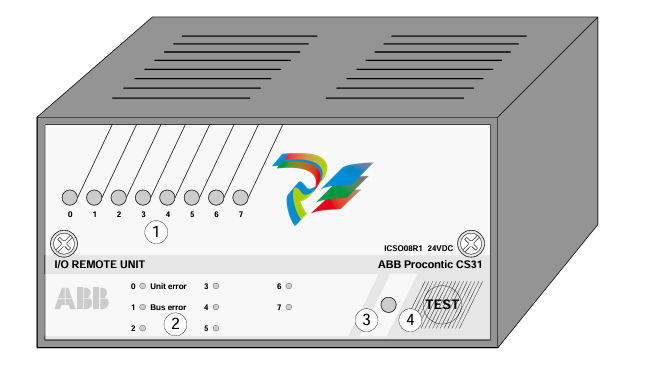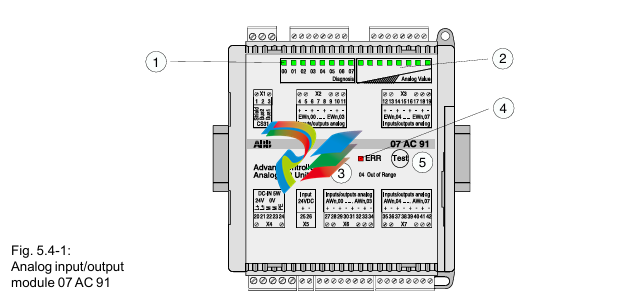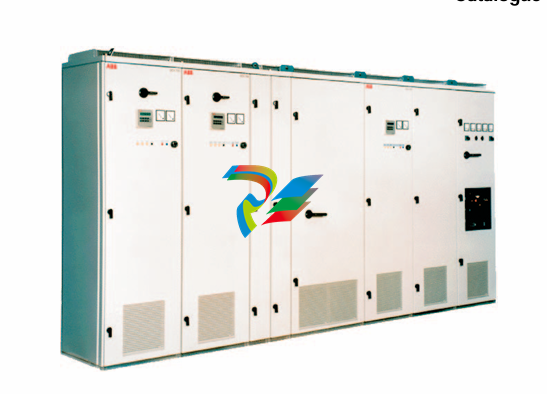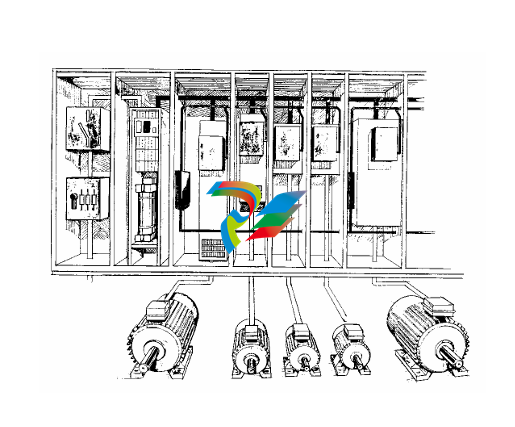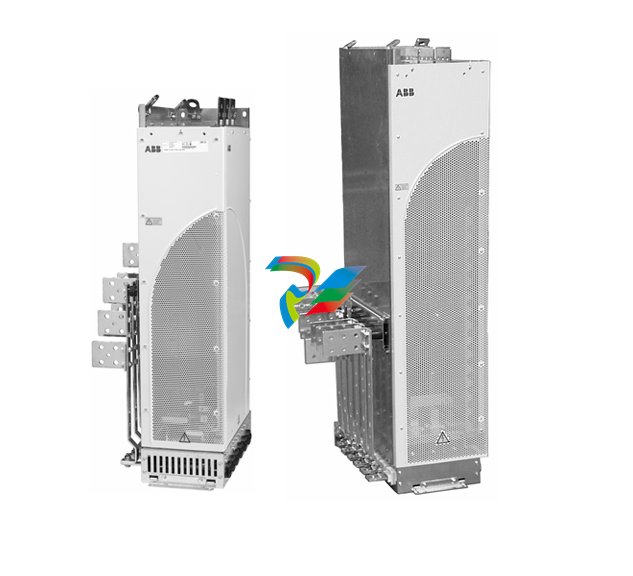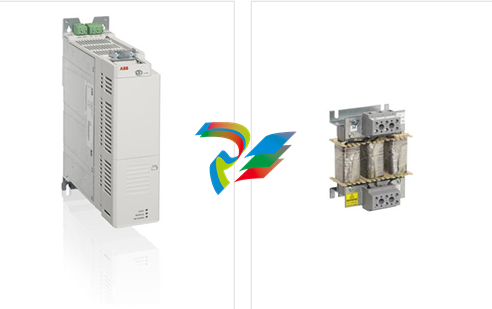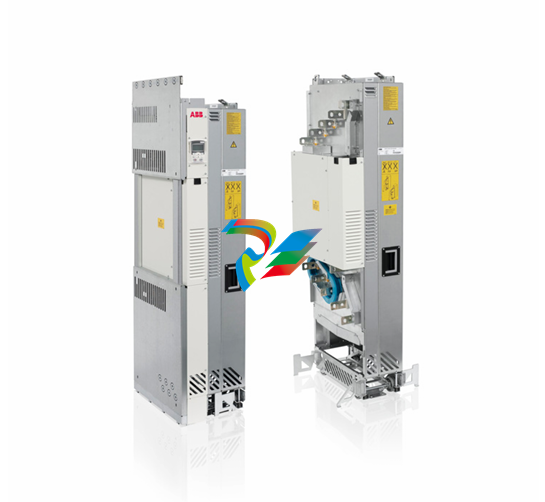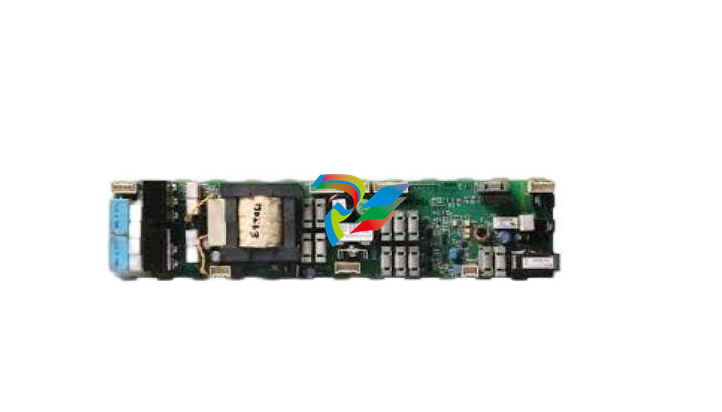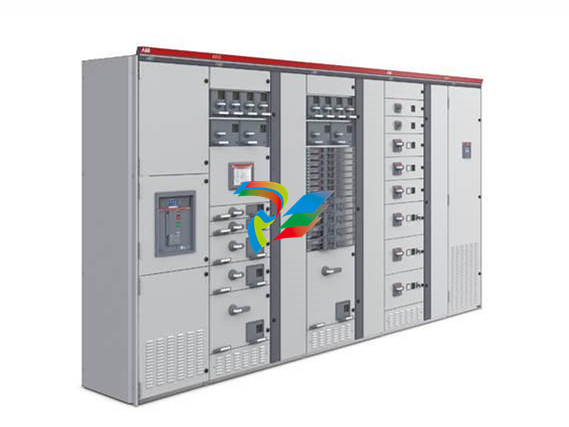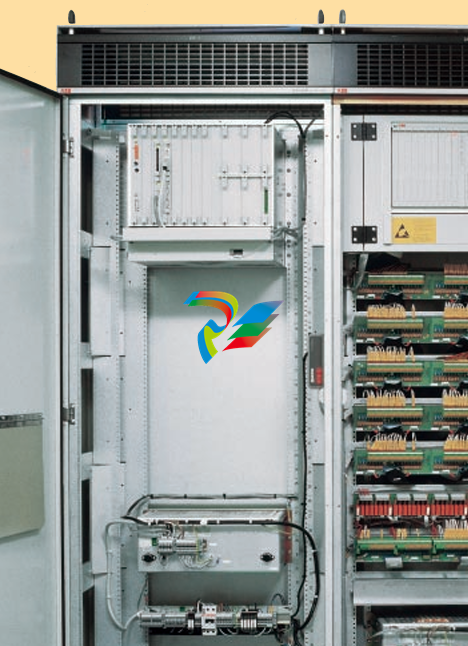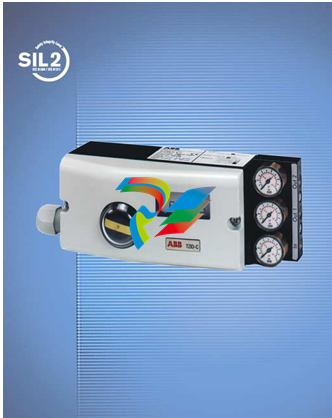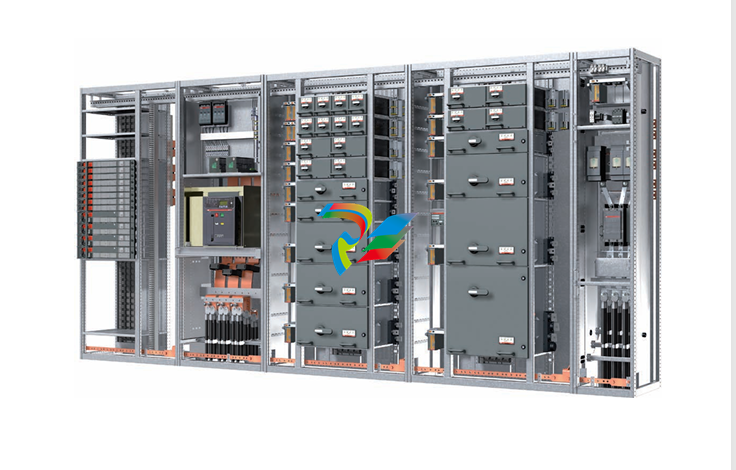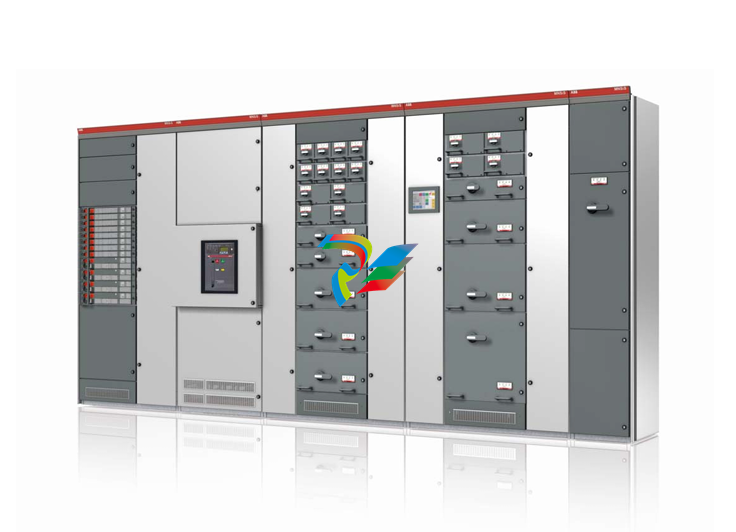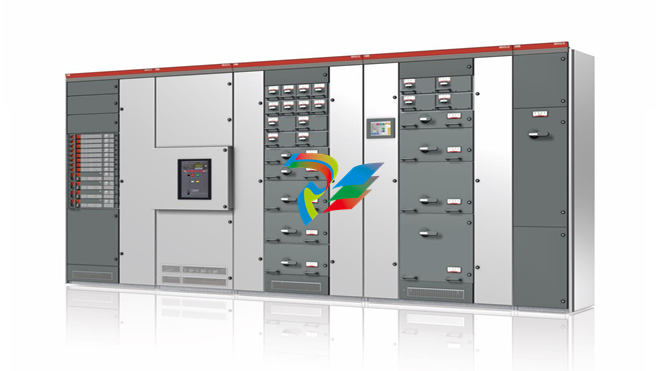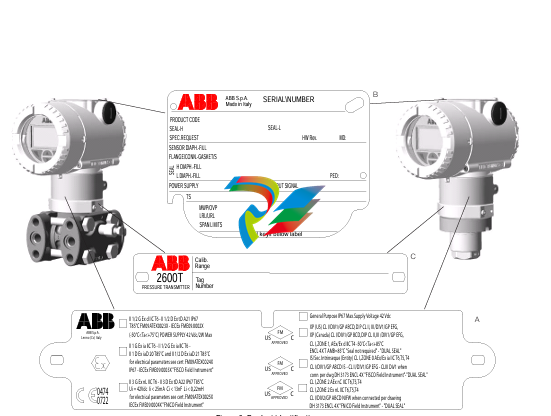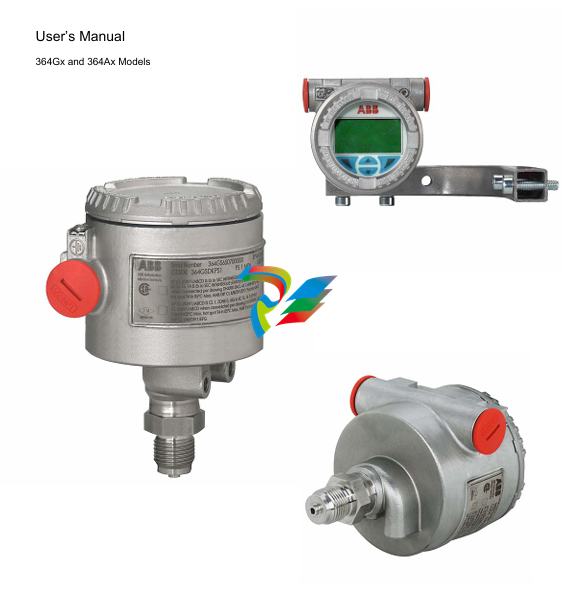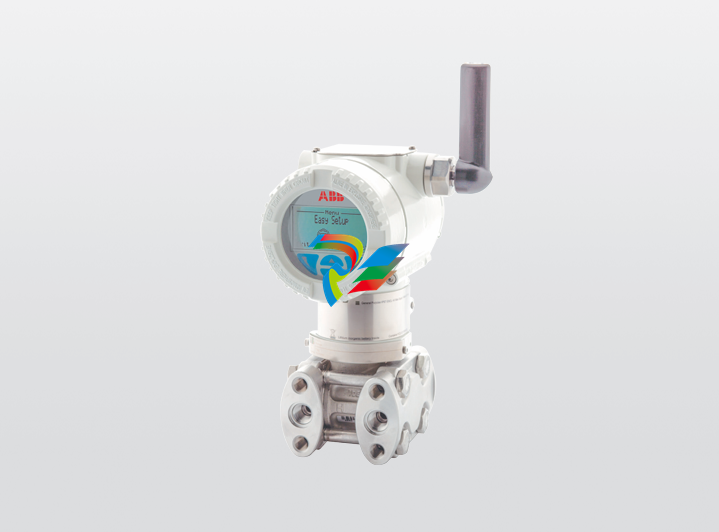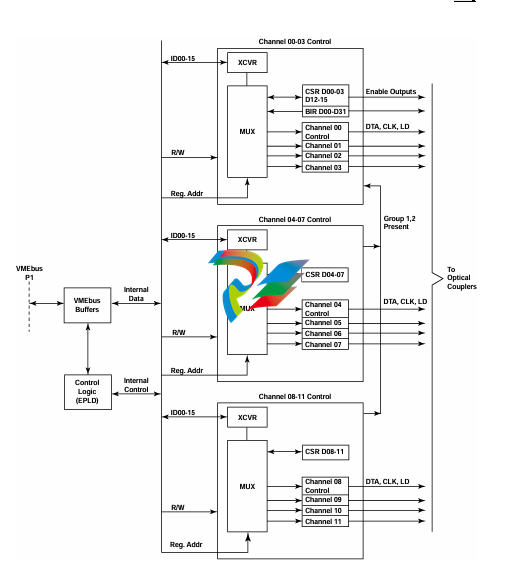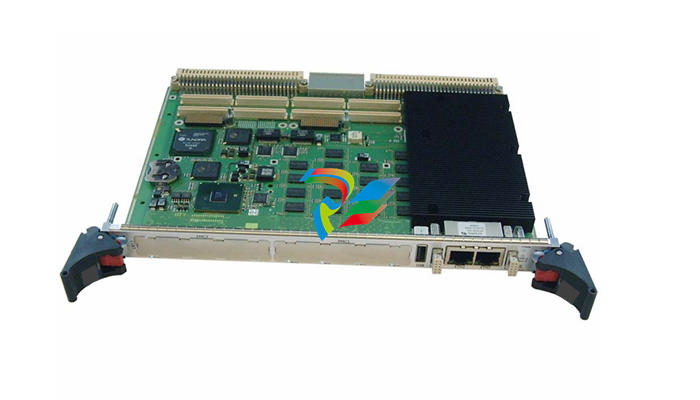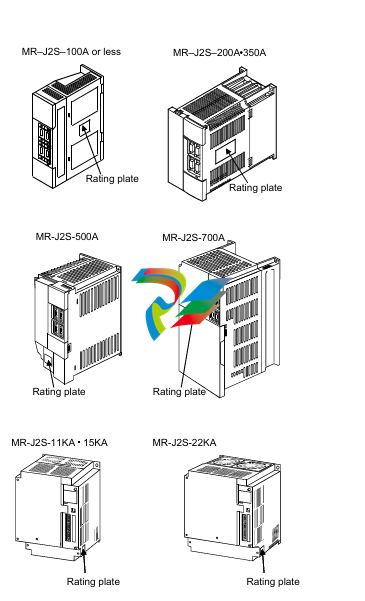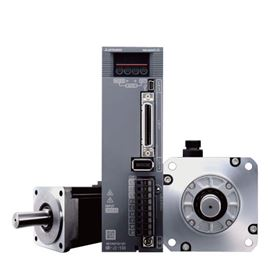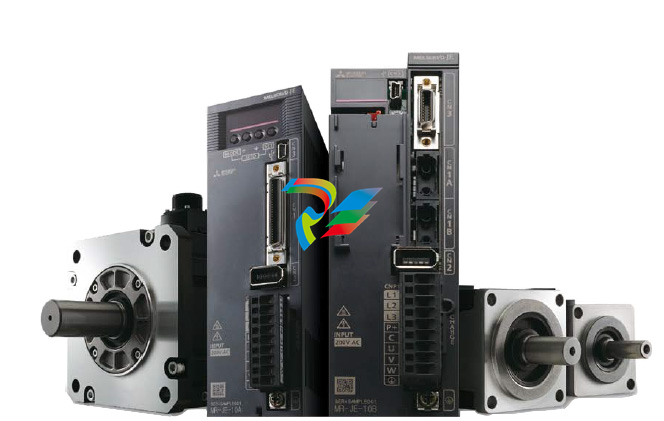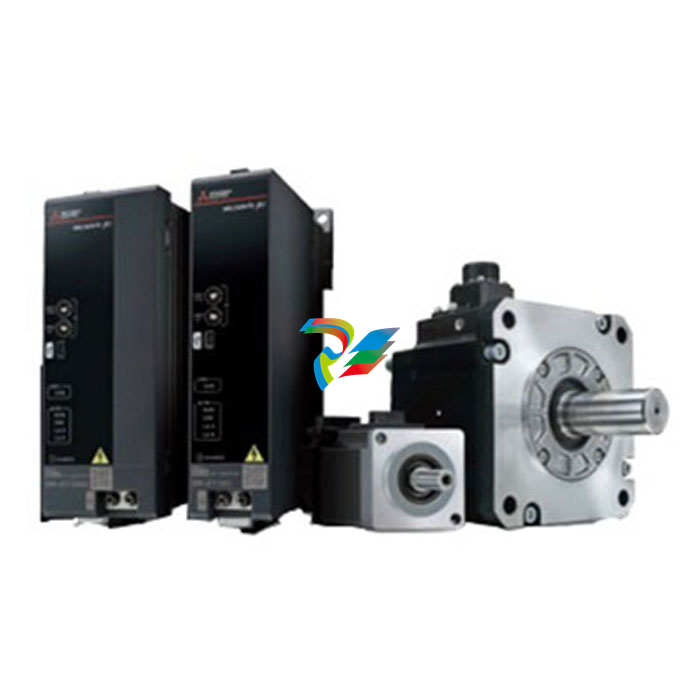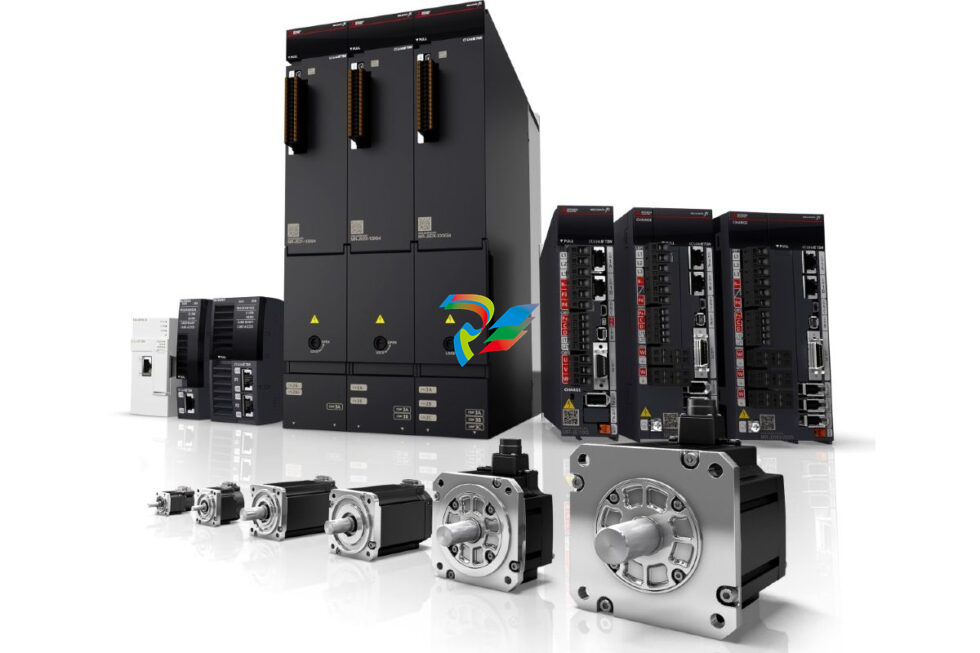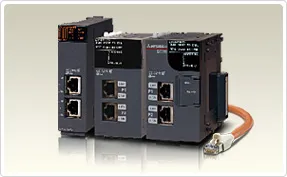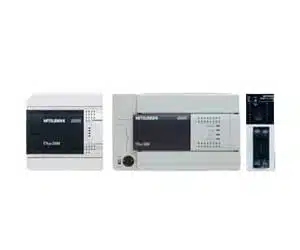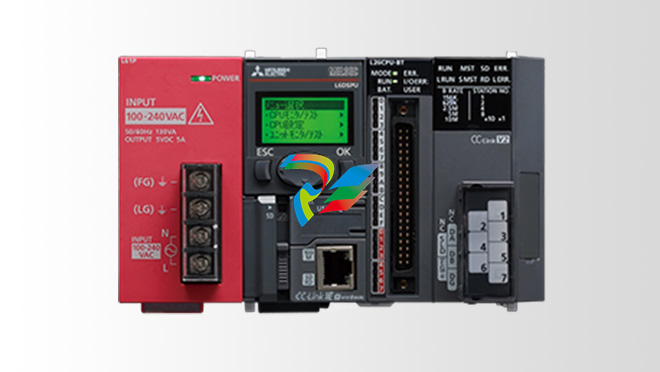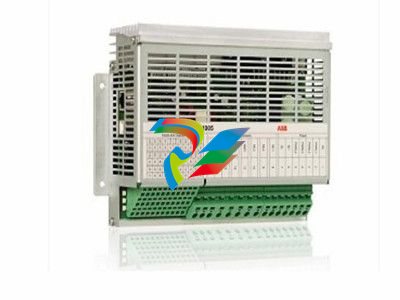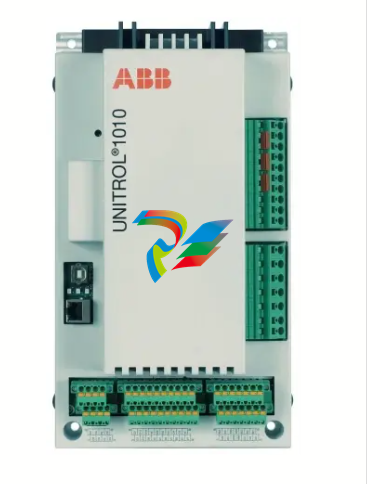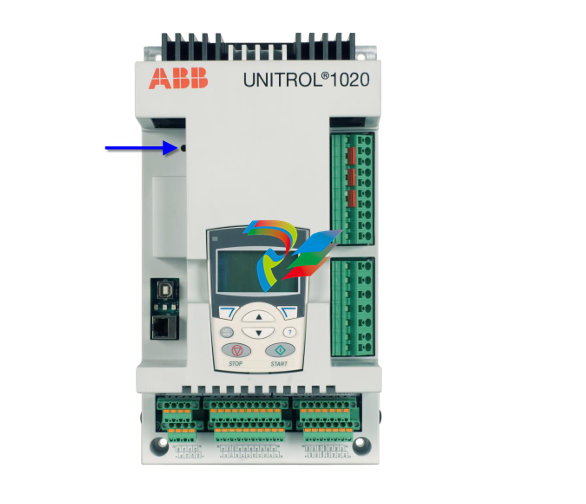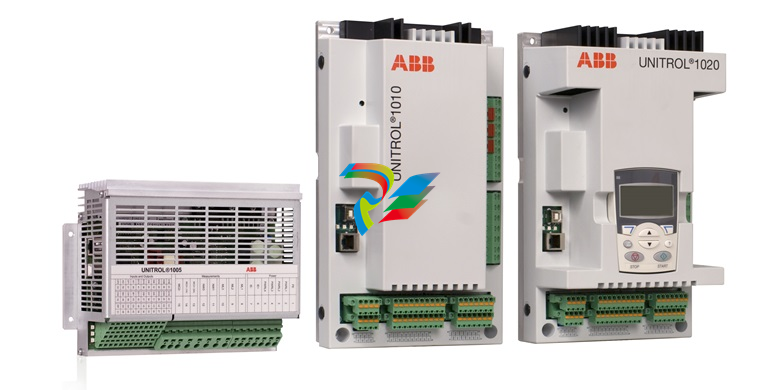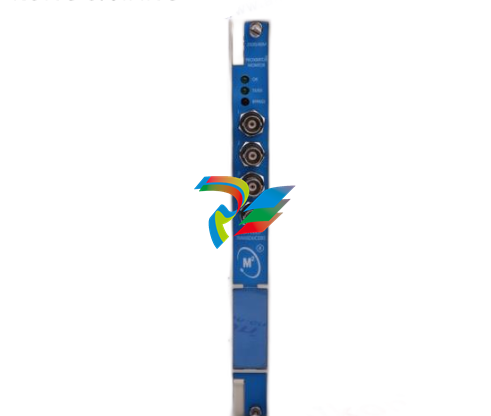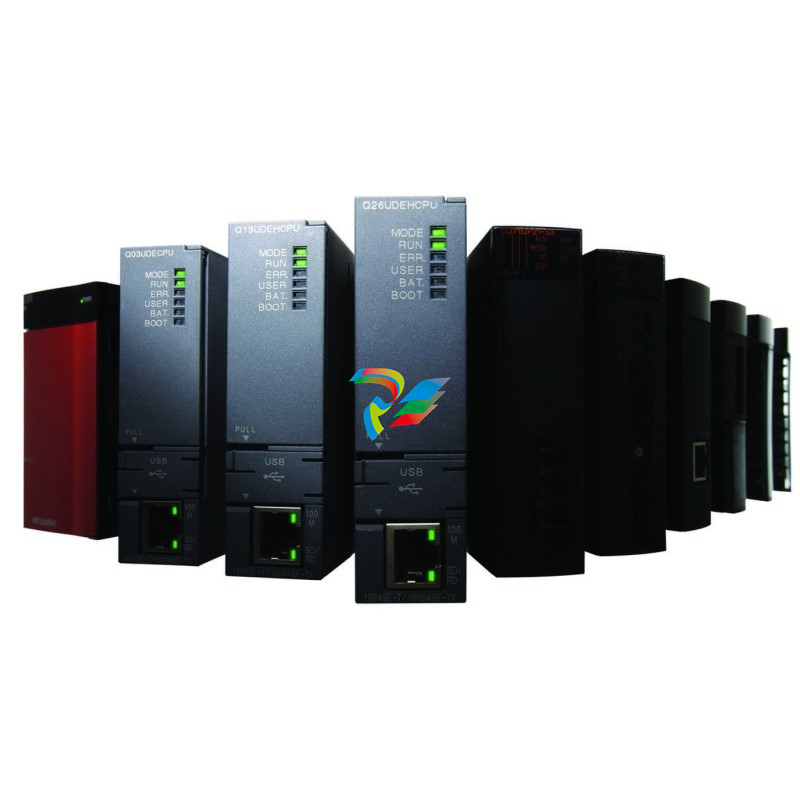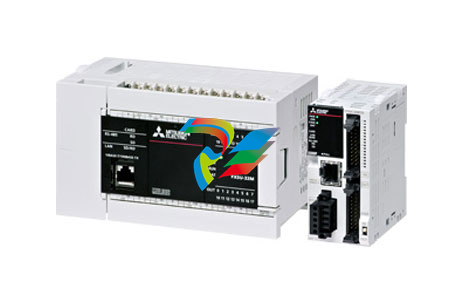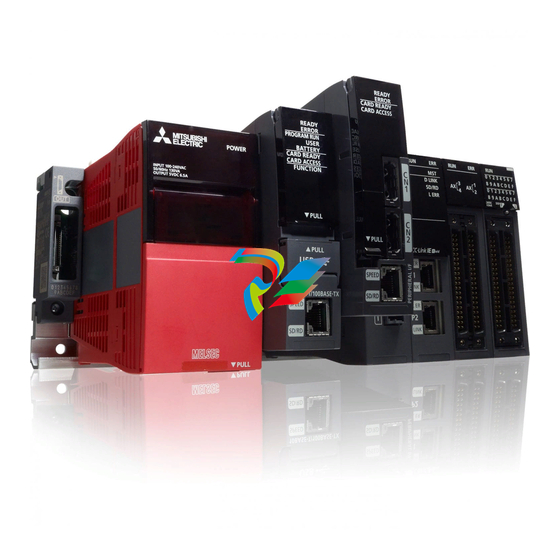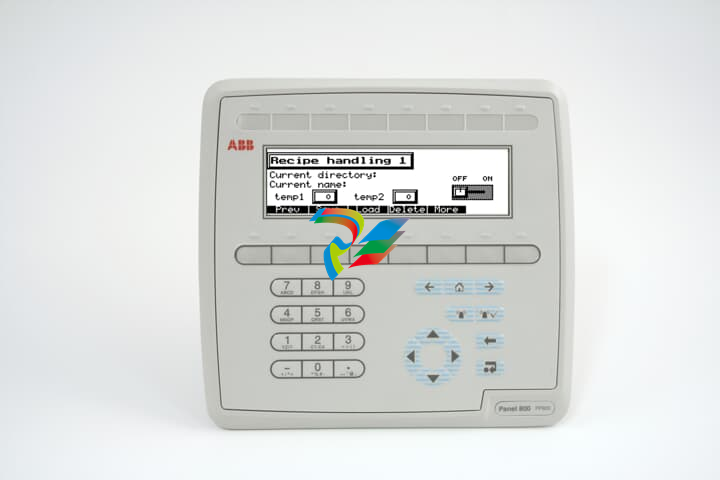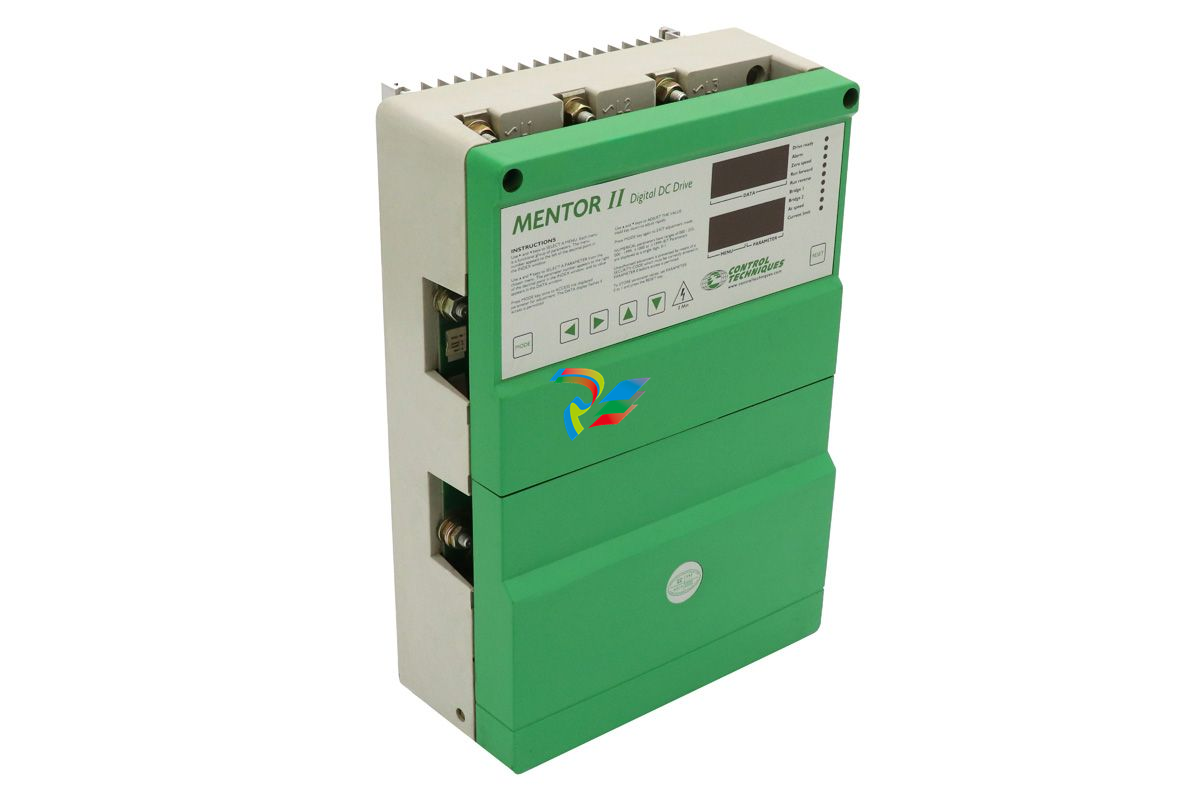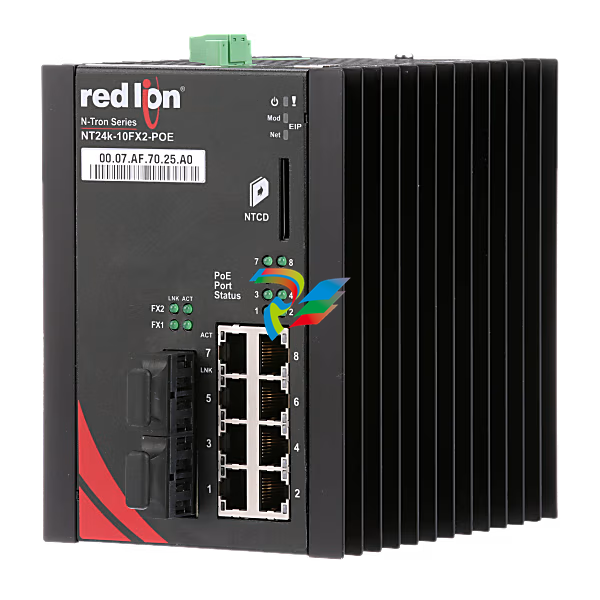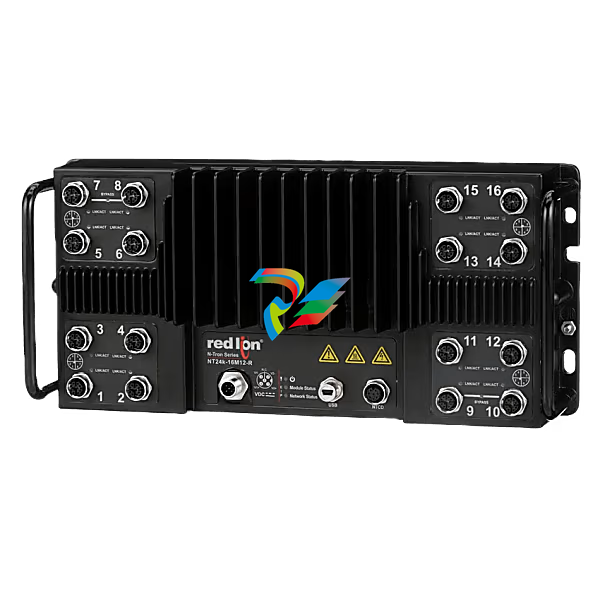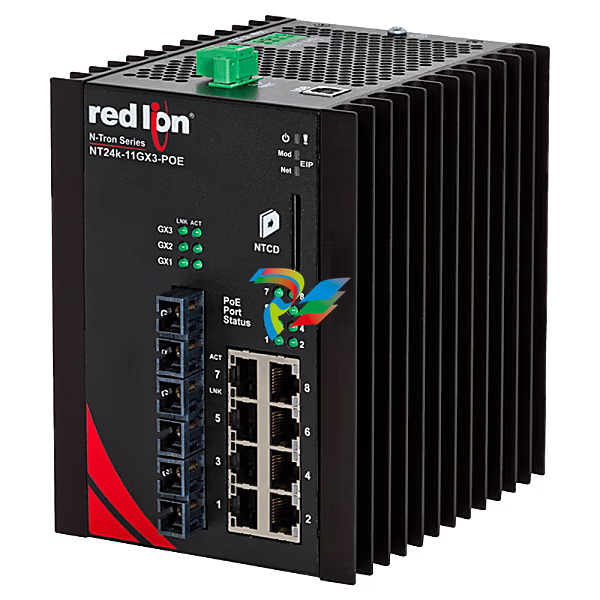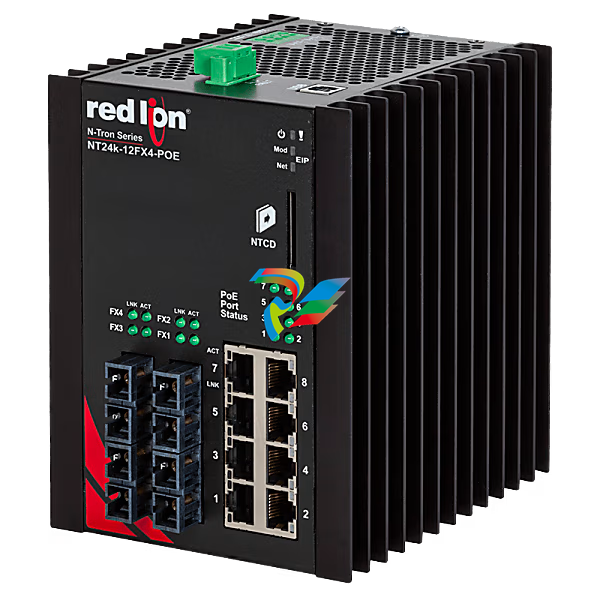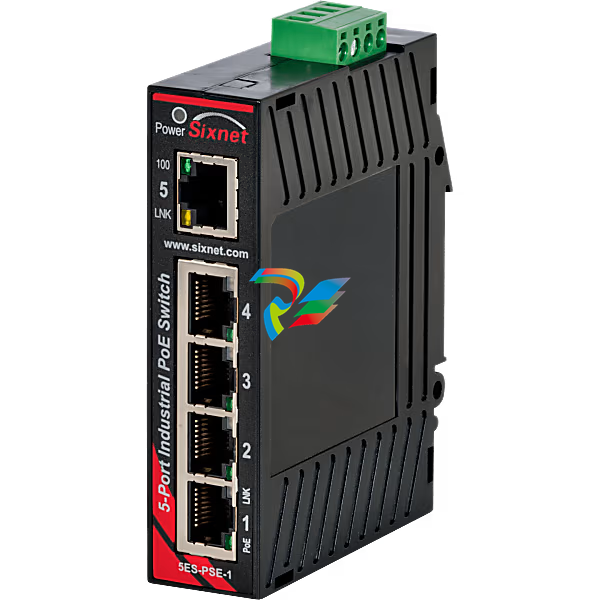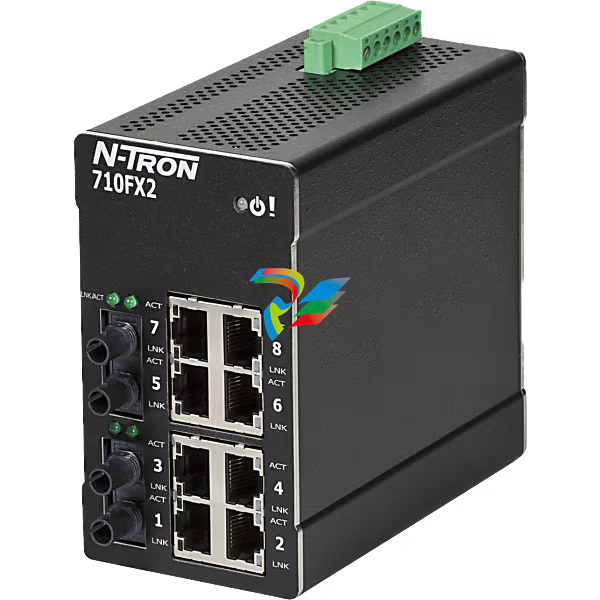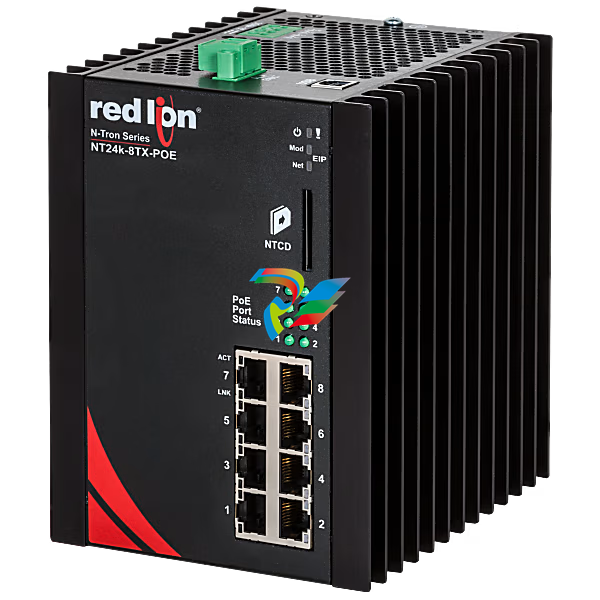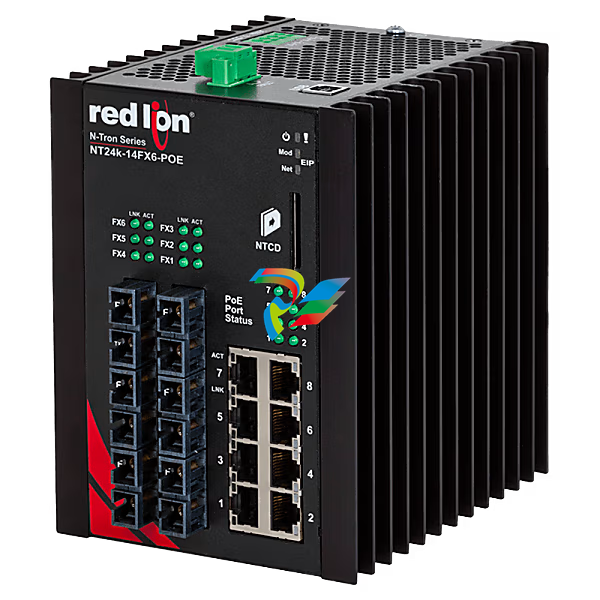
Functional Features
Dual-Channel Redundant Design: Utilizes dual-channel monitoring. When one channel fails, the other can continue to operate normally, ensuring uninterrupted operation and enhancing system reliability and stability.
Intelligent Alarm System: Capable of real-time signal status monitoring. Once an abnormal condition is detected, it can immediately notify the operator so that prompt action can be taken to prevent the fault from escalating and to minimize downtime.
Configurable Limit Settings: Each channel features adjustable upper and lower limit settings. Users can flexibly define the normal range of analog signals according to specific application requirements, enabling precise monitoring and control.
High-Precision Monitoring: Equipped with high-accuracy detection capabilities, it can accurately identify minor deviations in analog signals and respond quickly, ensuring the accuracy and safety of process control.
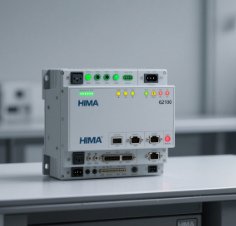
# HIMA 62100: Usage Methods and Precautions HIMA 62100 is an analog current limit monitor. Below are its usage methods and precautions: ## Usage Methods 1. **Installation and Connection**: Install the HIMA 62100 in a suitable location based on the actual application scenario, ensuring stable mounting. Correctly connect the analog signal sources to be monitored (such as voltage or current signals output by temperature, pressure sensors, etc.) to the device’s input ports. Ensure connections are secure to avoid signal interruptions. 2. **Parameter Configuration**: Enter the parameter setting mode through the device’s operation interface or related configuration software. Set upper and lower threshold limits for each channel according to specific monitoring requirements to define the normal operating signal range. Meanwhile, configure output modes, alarm parameters, etc., as per system requirements. 3. **Operation Monitoring**: After configuration, put the device into operation. The device will monitor input analog signals in real-time. When the signal value exceeds the set upper or lower limits, it will issue alarm signals in the preset manner, such as lighting up alarm indicators or outputting alarm currents. 4. **Status Checking and Maintenance**: Regularly check the device’s operating status. Use indicators, displays on the device, or connect to upper-level software to check for fault prompts, signal abnormalities, etc. If anomalies are found, promptly troubleshoot and handle them based on the information provided by the device. Additionally, perform maintenance operations such as cleaning and calibration as needed. ## Precautions - **Power Supply Requirements**: Use the dedicated power cord or adapter specified for the device. Confirm that the supply voltage matches the voltage marked on the device’s power interface to avoid equipment damage due to voltage abnormalities. - **Installation Environment**: Install the device in a well-ventilated environment free from strong vibrations, strong electromagnetic interference, and with moderate temperature and humidity. The operating temperature should generally be below 40°C to ensure the device’s normal performance and service life. - **Safe Operation**: Do not open the device casing during operation. Non-professionals must not open it by themselves to prevent electric shock hazards. Always cut off the power supply before performing installation, wiring, maintenance, or other operations. - **Signal Connection**: Ensure input signal connections are correct and secure to avoid signal interference. If signal quality is poor, take anti-interference measures such as using shielded wires and proper grounding. - **Regular Calibration**: To ensure monitoring accuracy, calibrate the device regularly. Follow the instructions in the device manual, use standard signal sources for calibration, or have it calibrated by professionals. - **Fault Handling**: If the device exhibits symptoms such as smoking, abnormal noises, or unusual odors, immediately cut off the power supply and unplug the power plug. Only restart the device after troubleshooting and confirming it is normal.
# HIMA 62100 Technical Parameter Details
As a highly reliable analog current limit monitor, the technical parameters of HIMA 62100 cover key dimensions such as input, output, performance, and environmental adaptability. Below is a detailed description:
## I. Input Parameters
- **Input Type**: Supports standard analog signal input, including
- Current signal: 4~20 mA (conventional industrial sensor output signal).
- Voltage signal: Optional 0~10 V or other customized voltage ranges (activation via parameter configuration is required).
- **Input Channels**: Dual-channel redundant design, supporting independent monitoring of two analog signals. Electrical isolation between channels prevents signal interference.
- **Input Impedance**: ≥ 250 Ω in current input mode; ≥ 100 kΩ in voltage input mode, ensuring minimal impact on the signal source load.
## II. Output Parameters
- **Output Type**: Alarm/control output, supporting
- Relay output: Normally closed (NC)/normally open (NO) contacts, rated load 250 V AC / 30 V DC, maximum current 2 A (resistive load).
- Current output: Each channel can be configured with 0~100 mA drive current to trigger external alarm devices or control systems.
- **Diagnostic Output**: Supports line diagnostic signal output; fault status such as wire breakage and short circuit can be read via configuration software.
## III. Performance Parameters
- **Measurement Accuracy**:
- Current signal: ±0.1% of full scale (at 25°C, within 4~20 mA range).
- Voltage signal: ±0.2% of full scale (within 0~10 V range).
- **Response Time**: ≤ 10 ms (the delay time of alarm output after the signal exceeds the threshold can be set via parameters, ranging from 0 to 1000 ms).
- **Resolution**: 16-bit AD conversion, ensuring accurate capture of tiny signal changes.
## IV. Power Supply Parameters
- **Supply Voltage**: AC 220 V ± 10% or DC 24 V ± 15% (selected according to model; the rated voltage is marked on the device nameplate).
- **Power Consumption**: ≤ 5 W during normal operation; ≤ 1 W in standby mode, suitable for integration in low-power scenarios.
## V. Environmental and Mechanical Parameters
- **Operating Temperature**: -10°C ~ +55°C (industrial-grade wide-temperature design, adapting to harsh environments).
- **Storage Temperature**: -25°C ~ +70°C.
- **Relative Humidity**: 5% ~ 95% (non-condensing), with moisture resistance.
- **Vibration Resistance**: Complies with IEC 60068-2-6 standard, 0.15 mm amplitude at 10~55 Hz frequency, 10 cycles (per axis).
- **Shock Resistance**: Complies with IEC 60068-2-27 standard, 15 g acceleration for 11 ms (half-sine wave, 3 times per axis).
- **Protection Class**: IP20 (panel-mounted part), suitable for installation in control cabinets.
- **Dimensions**: Width × Height × Depth = 22.5 mm × 100 mm × 115 mm (standard DIN rail mounting size).
## VI. Certification and Safety Parameters
- **Safety Certification**:
- Certified by TÜV, compliant with DIN V 19250 standard RC 1~6 levels.
- Complies with IEC 61508 standard, reaching SIL 3 safety integrity level, suitable for safety-critical control systems.
- **Electromagnetic Compatibility (EMC)**:
- Emission interference: Complies with EN 61000-6-4 standard.
- Immunity to interference: Complies with EN 61000-6-2 standard, resistant to electromagnetic interference in industrial environments.
## VII. Other Parameters
- **Calibration Cycle**: It is recommended to calibrate once a year, using a standard signal source (such as a 4~20 mA precision current source) to verify accuracy.
- **Display and Indication**: The panel is equipped with LED indicators, including a power light (green), a running light (yellow), and alarm lights (red, with independent indication for dual channels).
The above parameters are based on the standard model of HIMA 62100. In specific applications, details should be confirmed with the equipment manual and actual configuration.
| User name | Member Level | Quantity | Specification | Purchase Date |
|---|



